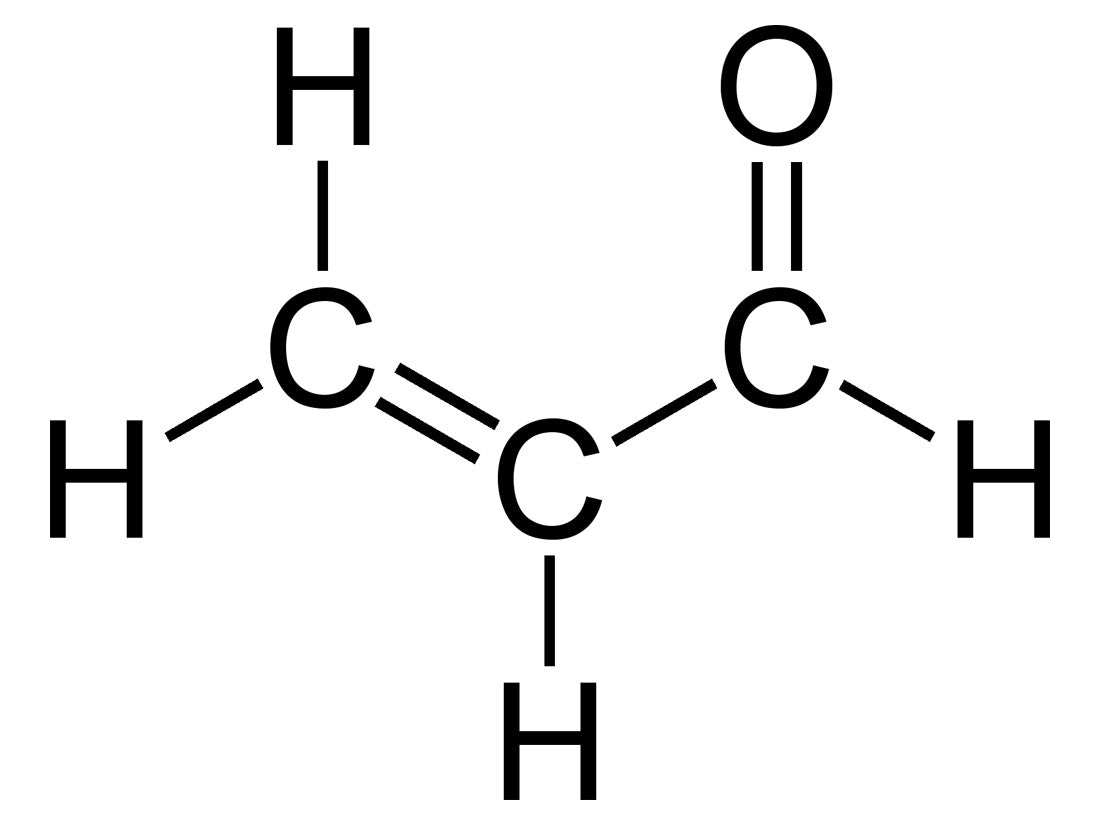
The highs and lows of making rum

Producing high-quality spirits on a small scale is serious business! Distillation is part science, part art. In theory, producing high proof alcohol is simple.
First you create a 'wash', which is a fermented liquid. Beer is an example of a fermented liquid. Rum's fermented liquid is made by adding molasses to water with yeast.
At the heart of distillation is separating water from ethanol. Ethanol evaporates at a lower temperature than water. An alembic, or 'pot still' is like a big kettle. You fill it with the fermented liquid, the 'wash', and heat it up. Ethanol will evaporate before the water. It travels up the column and into a cooling tube where it condenses back into liquid form and is collected as the 'distillate', a higher proof alcohol than what you started with in the wash.
But the ethanol isn't alone. Compounds called congeners (esters, tannins, methanol, fusel alcohols) also evaporate during distilling, and can impact the flavour, quality and potability of the spirit both positively and negatively. The art of distilling is making sure you get the right amount of alcohol and any desirable congeners or flavouring compounds into the final product - and discarding the rest.
Trial and error has become commonplace in our nano-distillery. But we are heartened by what the great John F Kennedy once said:
Those who dare to fail miserably can achieve greatly.
So, when we make a mistake, we take a step back and learn from it. That way, our mission to continuously improve to produce high-quality spirits on a very small scale is made possible.
And then we turn up the music and get back to the business of making rum with pleasure.
